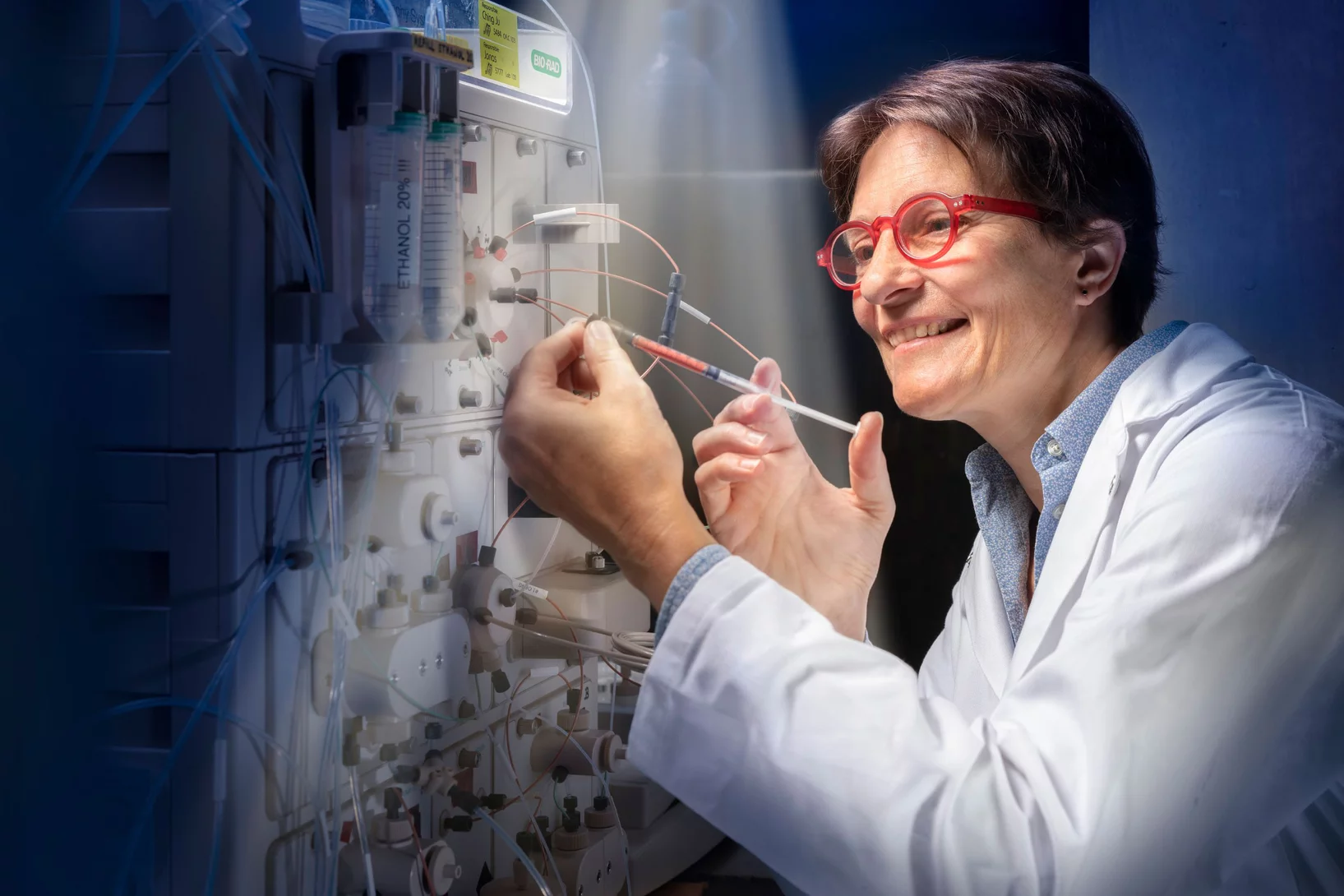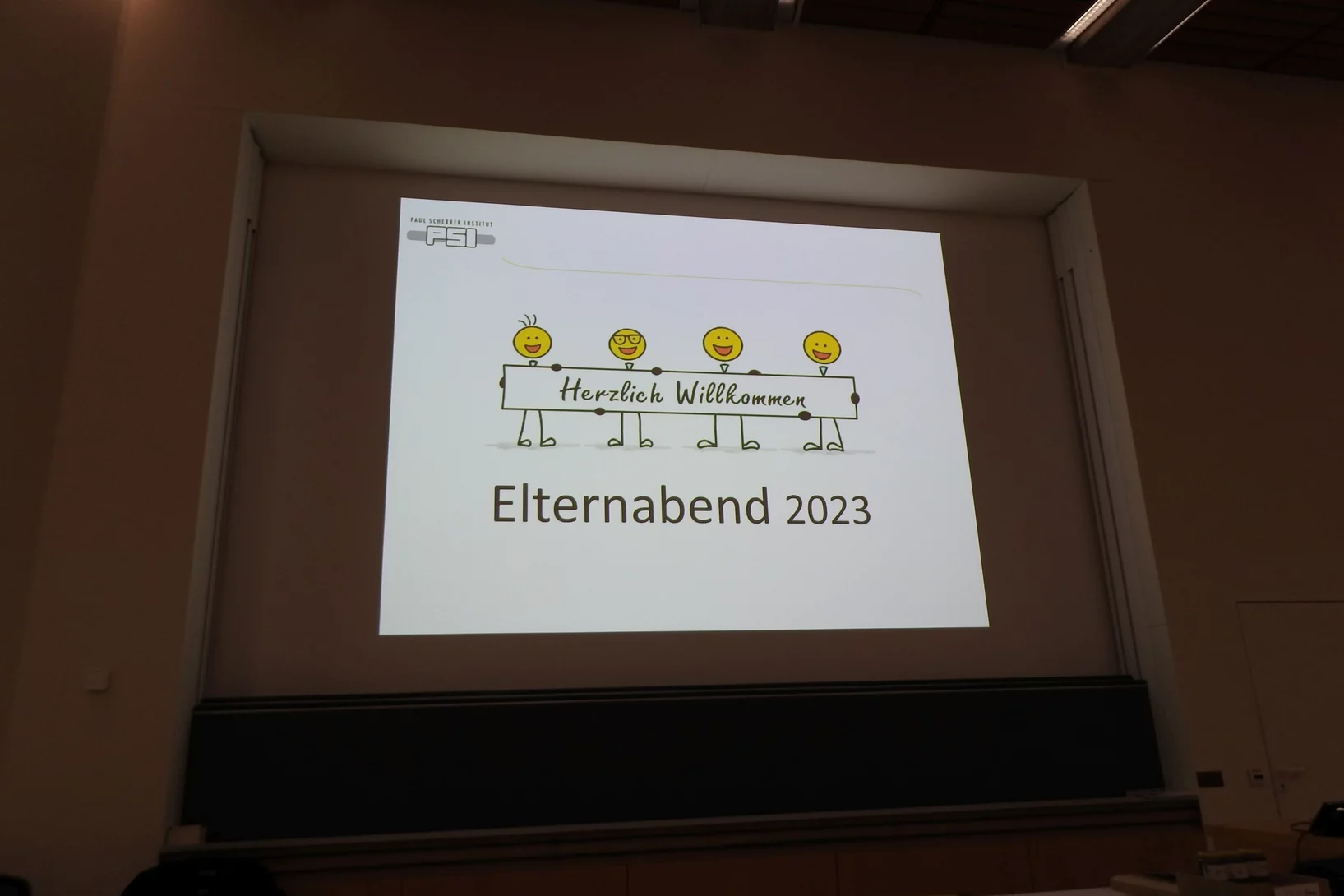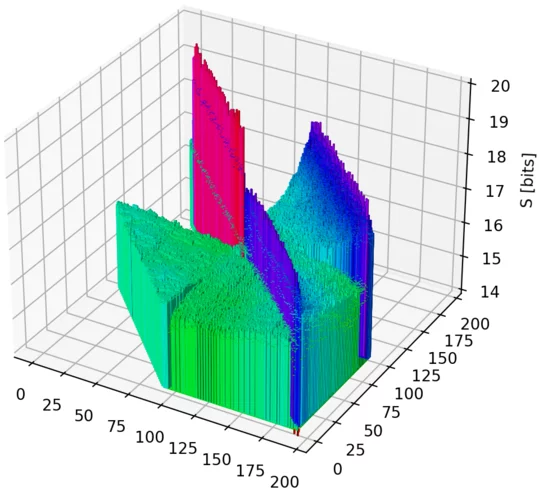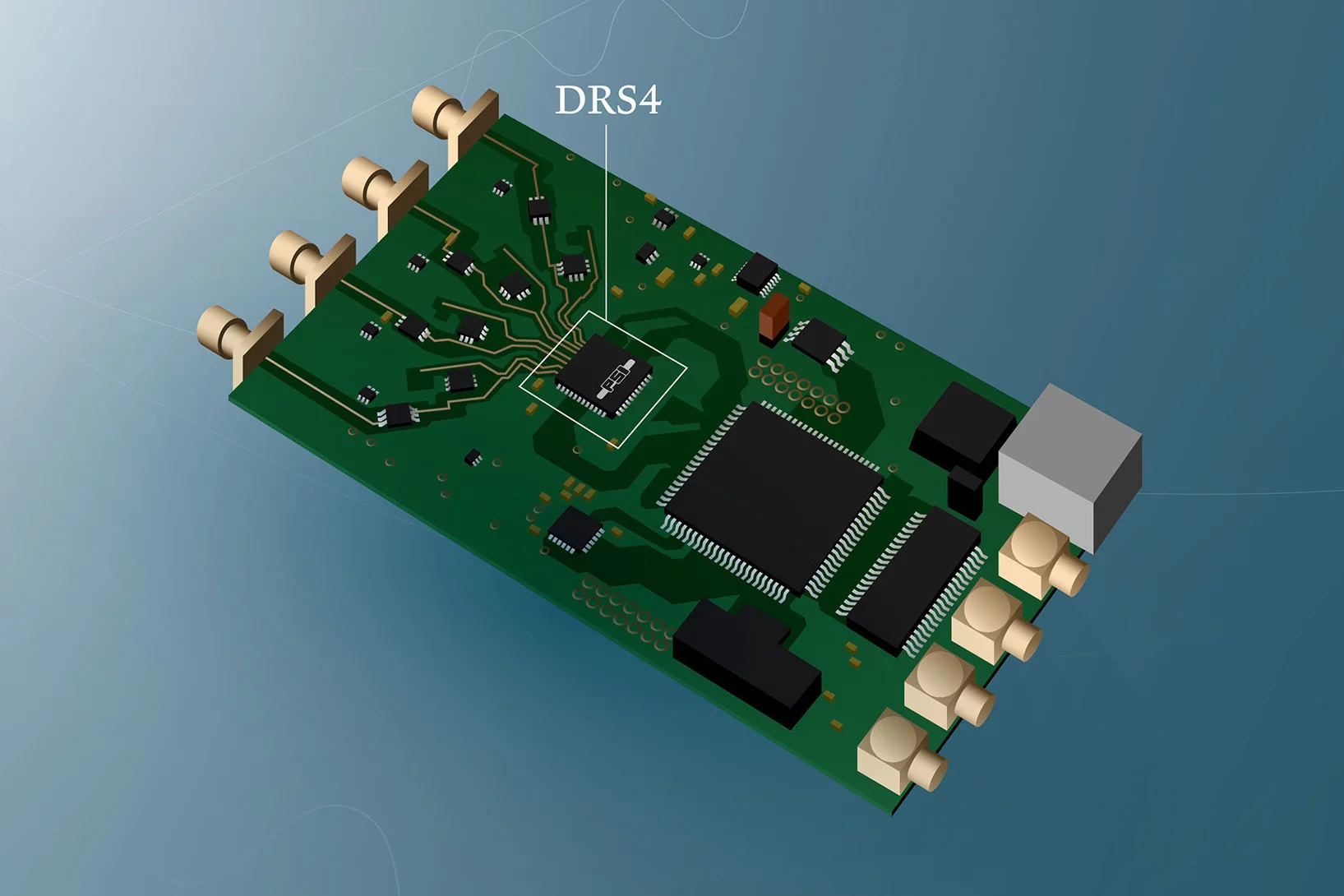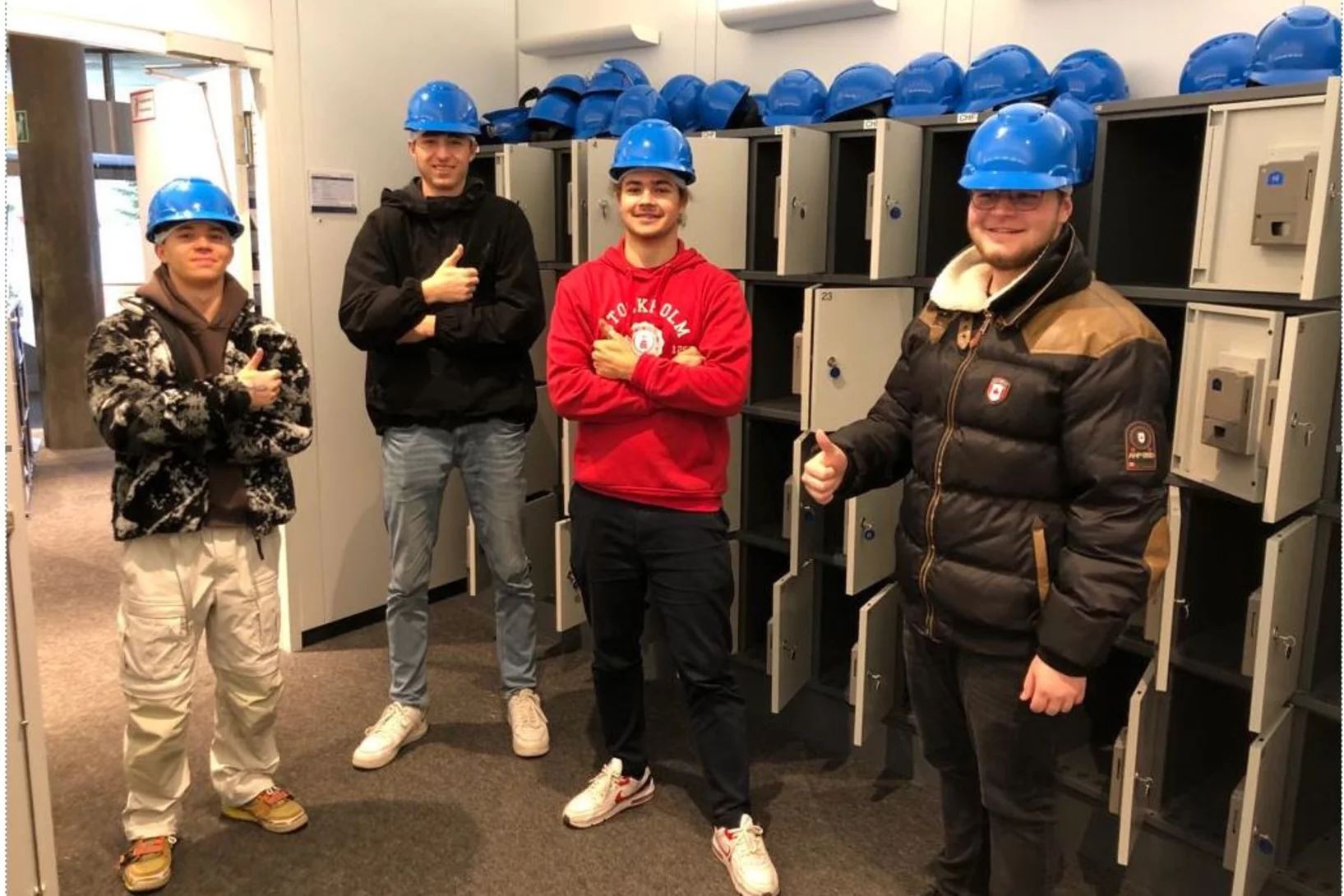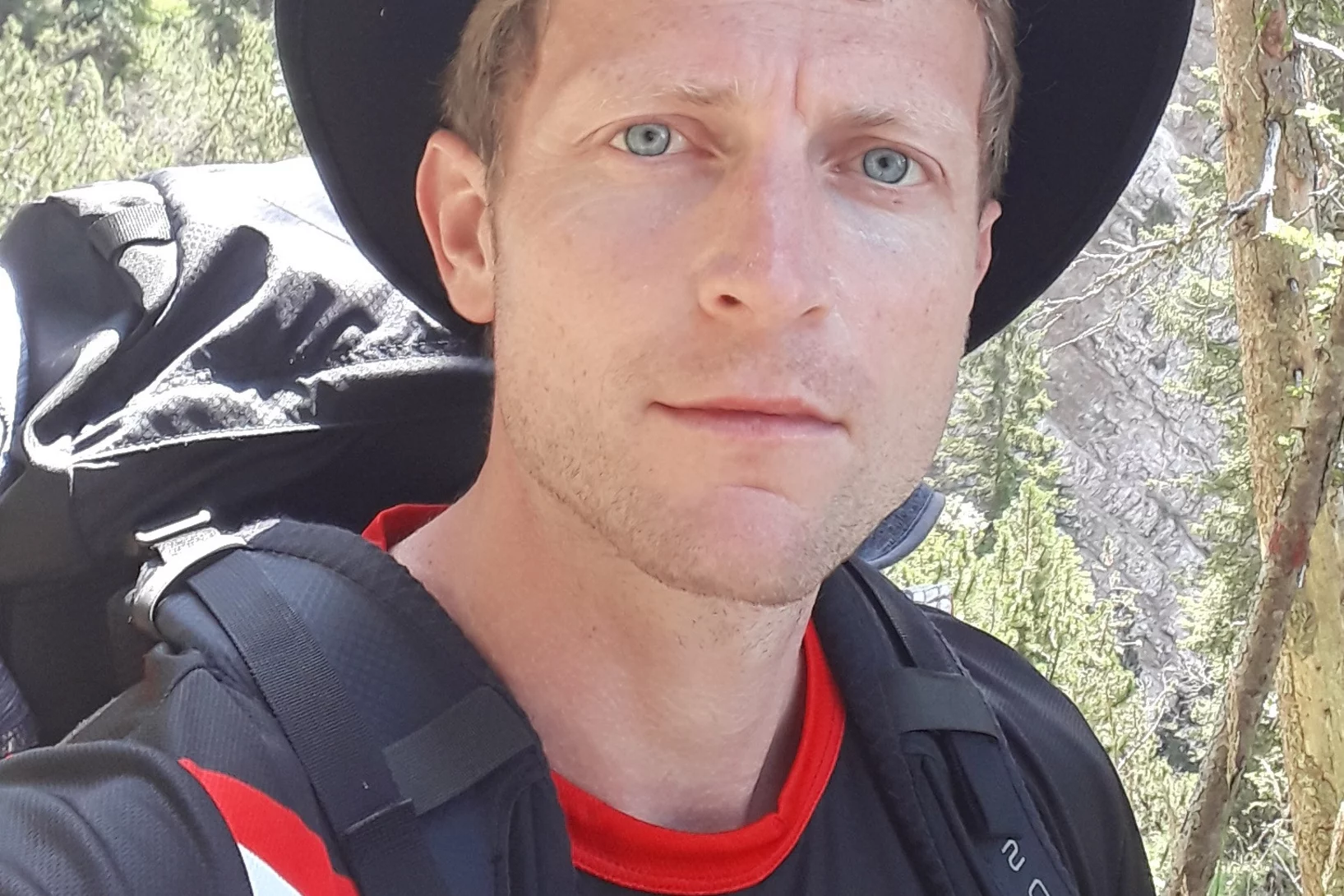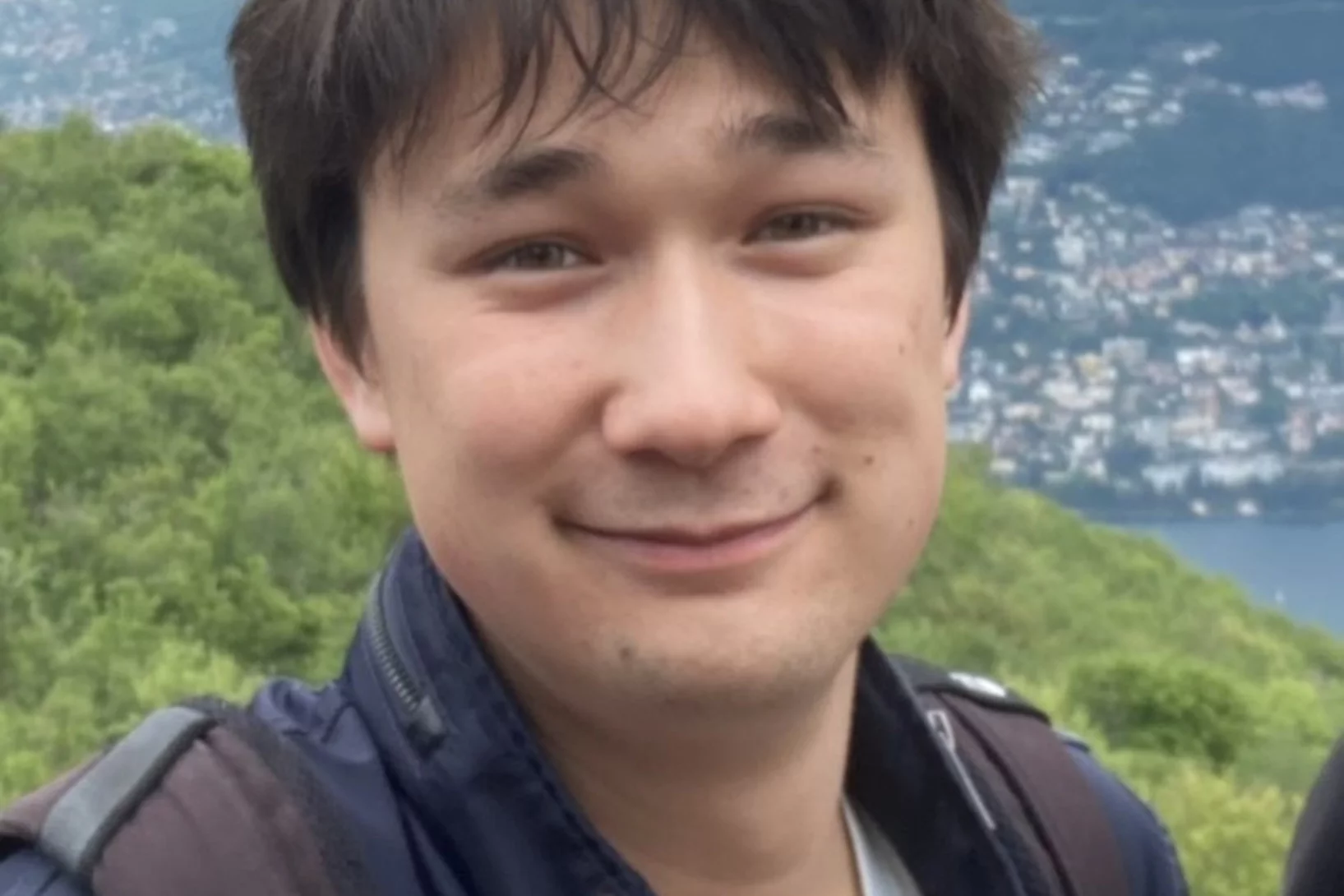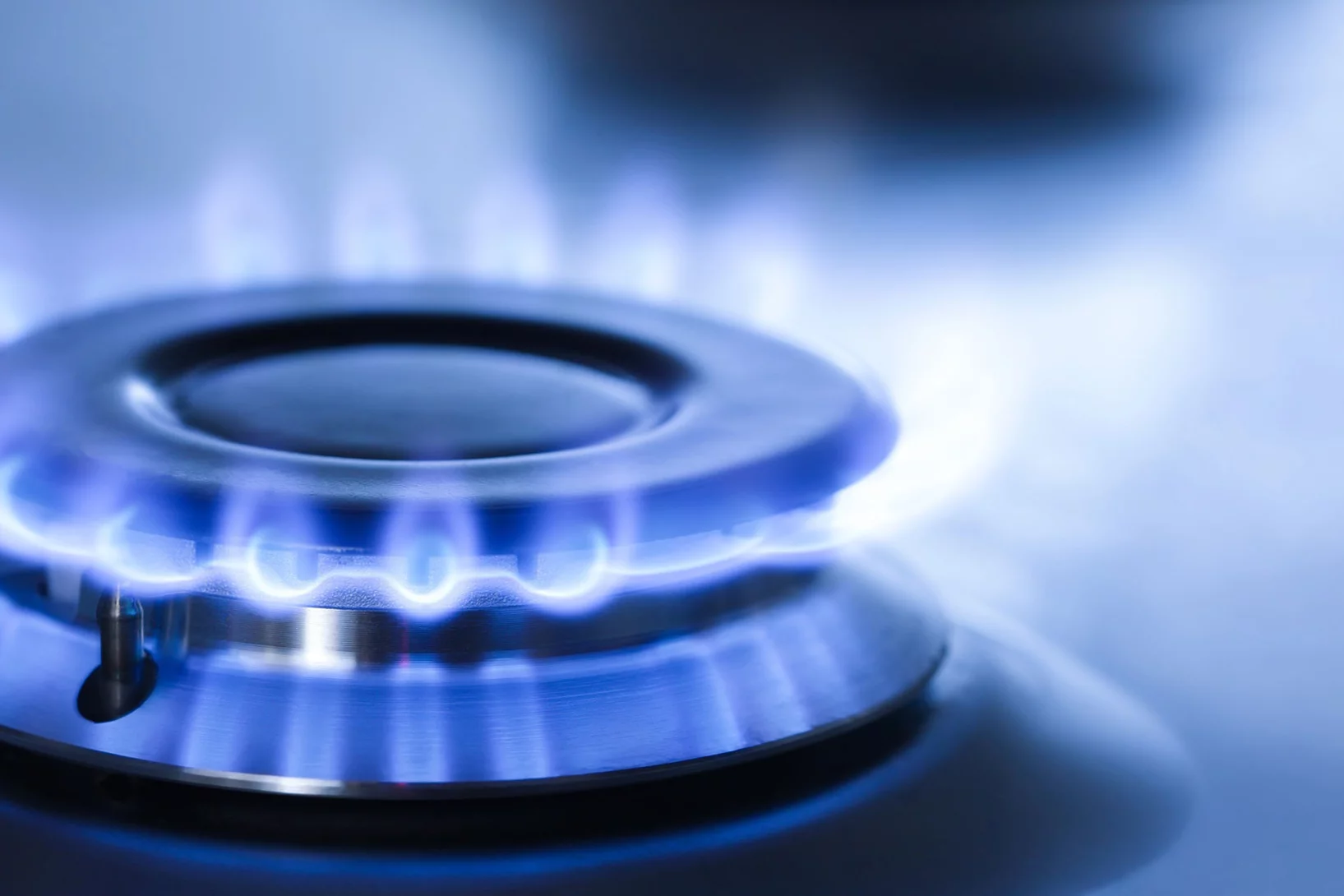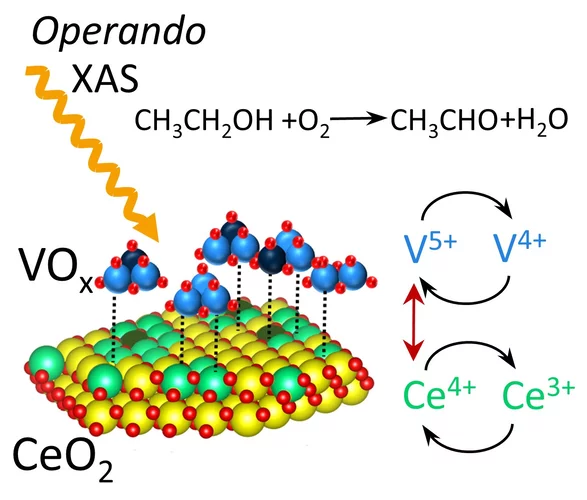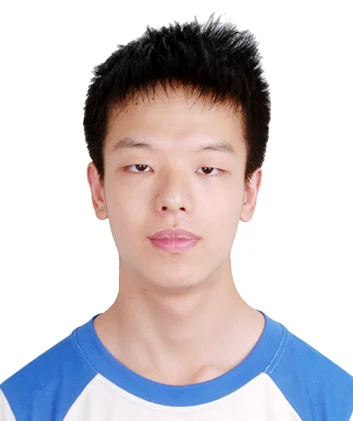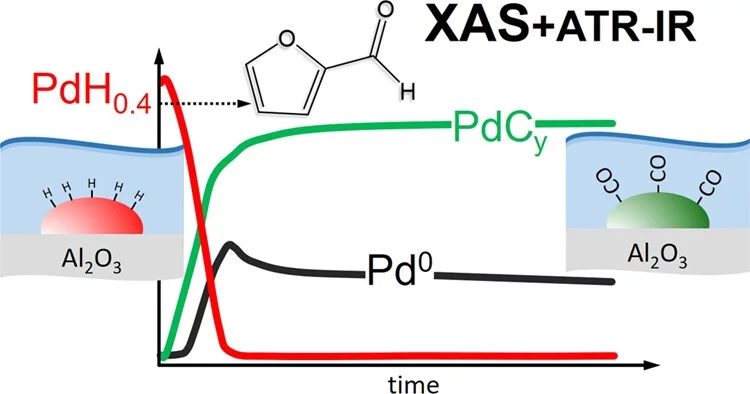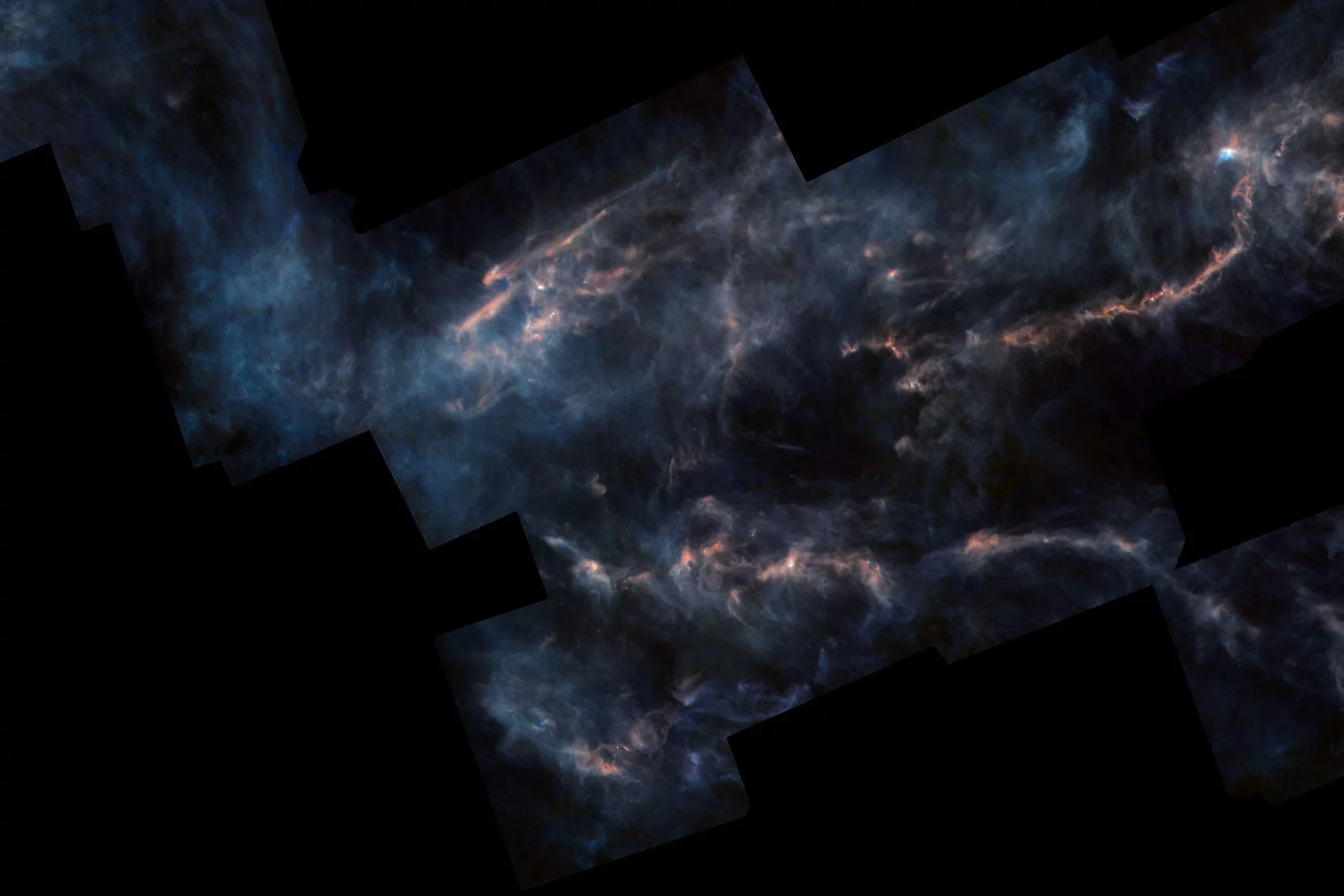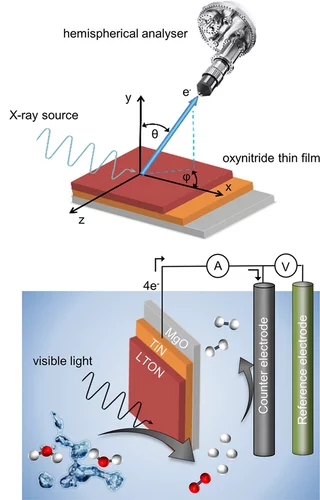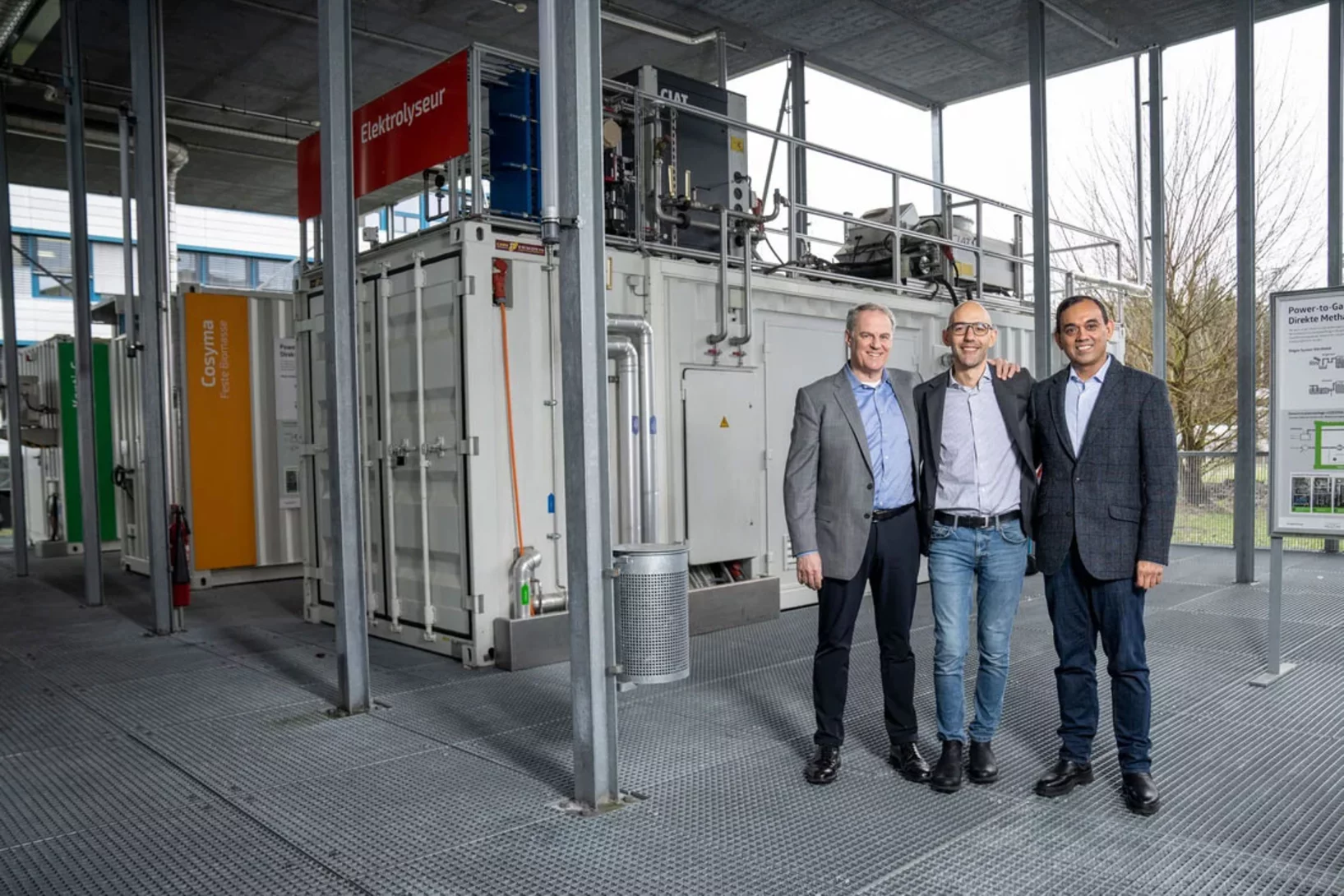Shifting away from nuclear energy, expanding solar and wind power, generating energy from biomass, reducing energy consumption. Switzerland is committed to becoming climate-neutral by 2050. An ambitious goal, which has become more urgent than ever due to the increasingly challenging geopolitical situation. How can a sustainable and resilient energy supply for Switzerland be established over the coming years? What's the optimal way to use renewable energy sources? What new technologies are especially promising? At PSI, researchers are seeking answers to these crucial questions.
Mu3e Collaboration Workshop in Wengen
The Mu3e Collaboration met for four days in Wengen in the Bernese Alps for an intense workshop. We discussed finalizing, commissioning and calibrating the first phase of the Mu3e experiment. A lot of space was also given to developments needed for the second phase of the experiment at higher muon rates, such as very high speed pixel detectors.
How football-shaped molecules occur in the universe
An international research team reveals how fullerene is formed in the universe.
March 23 - National awareness campaign against sexual harassment at the Swiss academic institutions
As part of the swissuniversities project "P-7: Diversity, Inclusion and Equity in University Development", PSI and many other academic institutions are actively participating in the cross-media prevention and awareness campaign.
How vision begins
PSI scientists have discovered the very first step occurring in the eye when light hits the retina.
Towards Next Generation Membranes for Polymer Electrolyte Water Electrolysis
The conversion efficiency for green hydrogen production in a polymer electrolyte water electrolyzer (PEWE) is strongly influenced by the ohmic cell resistance and therefore the thickness of the membrane. The use of thin membranes (~50 micron or below) is limited by gas crossover of H2 and O2, which can lead to the formation of an explosive gas mixture. The incorporation of a Pt recombination catalyst provides remedy and allows a more dynamic operating mode (cf. Highlight 03/2022). However, the presence of Pt nanoparticles leads to an increase in the rate of membrane degradation. Therefore, we have additionally doped the membrane with cerium-zirconium-oxide (CZO) nanoparticles, which act as radical scavenger. The rate of membrane degradation can thus be reduced.
Elternabend 2023
Lernende, Eltern, Berufsbildner*innen sowie Betreuer*innen fanden sich am 15. März im Auditorium zum diesjährigen Elternabend ein. Das traditionelle Spaghetti-Essen rundete den Abend nach Vorträgen, Besichtigungen und Gesprächen ab.
Approximate Computing for Nuclear Reactor Simulations
During the last decades, computing power has been subject to tremendous progress due to the shrinking of transistor size as predicted by Moore’s law. However, as we approach the physical limits of this scaling, alternative techniques have to be deployed to increase computing performance. In this regard, the next big advance is envisioned to be the usage of approximate computing hardware based on field-programmable gate arrays and/or digital-analogue in-memory circuits. Such approximate computing can provide disproportional gain (x1000) in energy efficiency and/or execution time for acceptable loss of simulation accuracy. This could be highly beneficial in order to accelerate computational intensive simulations such as reactor core analyses with higher resolution multi-physics models. On the other hand, the execution of programming codes on low-precision hardware may result in inadequate outcomes due to quality degradation and/or algorithm divergence. To address these questions, studies on the stability and the performance of advanced reactor simulation algorithms as function of reduced floating-point arithmetic precision are being conducted at the laboratory for reactor physics and thermal-hydraulics. Results obtained so far indicate a large room for the acceleration of nuclear engineering applications using mixed-precision hardware. Therefore, research is now being enlarged towards assessing multiprecision computing methods for reactor core simulations with higher spatial resolution.
What can’t be bought, we develop ourselves
Many components for the experiments the researchers at PSI just develop themselves.
Muonic X-rays peer into brooch from Roman city
Using Muon Induced X-ray Emission, researchers could reveal the inner composition of a knob-bow fibula, excavated at Augusta Raurica in northern Switzerland.
Die Konstrukteure im AKW Leibstadt
Der Strom kommt aus der Steckdose, oder?
A practical guide to pulsed laser deposition
Nanoscale thin films are widely implemented across a plethora of technological and scientific areas, and form the basis for many advancements that have driven human progress, owing to the high degree of functional tunability based on the chemical composition. Pulsed laser deposition is one of the multiple physical vapour deposition routes to fabricate thin films, employing laser energy to eject material from a target in the form of a plasma ...
Extreme nighttime pollution in New Delhi air explained
PSI researchers find the cause of high nighttime air pollution in New Delhi
From the outside, you see a successful scientist – but what is behind?
Do you sometimes get frustrated when you scroll through social media and see the new positions your contacts are about to start and the grants or prizes they are awarded? Do others’ success stories make you feel small and incapable? Is it true that everyone else is super-successful while you are struggling, or what is behind the others’ success?
Robert Rudolph new CEO of innovAARE AG
Change at the top of innovAARE AG, the operating company of Park Innovaare in Villigen: The Board of Directors has elected Mr. Robert Rudolph as the new CEO, who will take office at the beginning of April 2023. The retiring CEO Dr. Benno Rechsteiner is leaving Park Innovaare at his own request to take on a new challenge. Dr. Rechsteiner has been employed at innovAARE AG since June 2018 and has contributed significantly to important milestones for innovAARE AG: In summer 2019, an investor for the new construction of Park Innovaare was found in the form of CPV/CAP Pensionskasse Coop. In autumn of the same year, the groundbreaking ceremony for the building complex was celebrated. Under Dr. Rechsteiner's leadership, the development and expansion of the innovation campus followed, where numerous promising companies have already settled.
With Robert Rudolph, the management of the Innovaare park is getting a new and well-known face. Mr. Rudolph was previously employed as head of technology transfer at the Paul Scherrer Institute PSI and as a member of the executive board of the Swissmem industry association he was most recently responsible for the topics of digitalisation, innovation, research and start-ups. In this role, he became a expert on the Swiss innovation landscape and the needs of industry with regard to research and development.
Chairman of the Board of Directors Dr Christian Brönnimann expressed his thanks to Dr. Rechsteiner for his successful work in setting up the Park Innovaare generation project: "Thanks to Benno Rechsteiner's commitment in finding investors, the groundbreaking ceremony for the park was held and the first buildings were erected on a total area of 38,000 square metres. With Robert Rudolph at the helm, we now have a CEO with far reaching industrial contacts. We are convinced that Mr. Rudolph, with his background and network, brings the best prerequisites to lead the Park Innovaare into a successful future!"
Welcome to LXN Frederik Schirdewahn
Herzlich Willkommen Frederik Schirdewahn in LXN!
Welcome to LXN Theo Wollschlegel
Herzlich Willkommen Theo Wollschlegel in LXN!
How can we secure our gas supply?
Switzerland depends entirely on foreign gas imports. How can we escape from this dependence and guarantee our gas supply? Synthetic methane might be a solution.
Music at PSI
Sometimes musicians drown out the technical background noise at PSI.
Activity Trend Origin of Ethanol Oxidative Dehydrogenation over VOx/CeO2
Using operando time-resolved X-ray absorption spectroscopy, we investigated the origin of volcano-shaped ethanol oxidative dehydrogenation activity trend of VOx/CeO2 catalysts as a function of VOx surface coverage. Vanadium and cerium synergistically change their oxidation states during the catalytic cycle. The catalytic activity correlates with the concentration of reversible Ce4+/3+species.
Welcome to LXN Wenxiang Hu
Herzlich Willkommen Wenxiang Hun in LXN!
Integration of Li4Ti5O12 crystalline films on silicon towards high-rate performance lithionic devices
The growth of crystalline Li-based oxide thin films on silicon substrates is essential for the integration of next-generation solid-state lithionic and electronic devices. In this work, we employ a 2 nm γ-Al2O3 buffer layer on Si substrates in order to grow high quality crystalline thin films Li4Ti5O12 (LTO). Long-term galvanostatic cycling of 50 nm LTO demonstrates exceptional electrochemical performance, specific capacity of 175 mAh g-1 and 56 mAh g-1 at 100C and 5000C respectively, with a capacity retention of 91% after 5000 cycles.
Preparation, Quantification, and Reaction of Pd Hydrides on Pd/Al2O3 in Liquid Environment
The ability to study in situ the formation and consumption of Pd hydrides (PdH) in liquid environments is a significant challenge hampering a deeper understanding of catalyzed liquid-phase hydrogenation reactions. Here, using quick scanning X-ray absorption spectroscopy (QEXAFS), we present a detailed kinetic study of Pd hydride formation and reactivity on Pd/Al2O3 in 2-propanol solvent.
A star is born
Swiss Light Source SLS reveals complex chemistry inside ‘stellar nurseries’
Using light to switch drugs on and off
PSI researchers record a molecular film of a cancer drug fitted with a photoswitch. This opens new insights for drug developers.
Momentum-resolved electronic structure of LaTiO2N photocatalysts by resonant Soft-X-ray ARPES
Oxynitrides are promising materials for visible light-driven water splitting. However, limited information regarding their electron-momentum resolved electronic structure exists. Here, with the advantage of the enhanced probing depth and chemical state specificity of soft-X-ray ARPES, we determine the electronic structure of the photocatalyst oxynitride LaTiO2N and monitor its evolution as a consequence of the oxygen evolution reaction. After the photoelectrochemical reactions, we observe a partial loss of Ti- and La-N 2p states, distortions surrounding the local environment of titanium atoms and, unexpectedly, an indication of an electron accumulation layer at or near the surface, which may be connected with either a large density of metallic surface states or downward band bending. The distortions and defects associated with the titanium 3d states lead to the trapping of electrons and charge recombination, which is a major limitation for the oxynitride LaTiO2N. The presence of an accumulation layer and its evolution suggests complex mechanisms of the photoelectrochemical reaction, especially in cases where co-catalysts or passivation layers are used.
Welcome to LXN Faris Dizdarevic
Herzlich Willkommen Faris Dizdarevic in LXN!
Welcome to LXN Henry Bell
Herzlich Willkommen Henry Bell in LXN!
18 February 2023: National Day of Action for Equal Pay
February 18, 2023 is the Equal Pay Day. A national day of action making the wagegap between men and women visible. What action is PSI taking? Keep reading and find out!
A greener alternative for aviation fuel
Air travel with no carbon footprint – PSI and the Metafuels AG develop a new technology to produce sustainable aviation fuel.
Advancing the JUNGFRAU detector toward low-energy X-ray applications
“Soft” x-rays are notoriously hard to detect. Particularly, in the context of high-performance synchrotron and free electron laser (FEL) experiments, suitable detector options for low-energy x-rays are highly sought after. Currently available options only provide limited area, readout speed, and dynamic range. Now, a team of scientists from the Laboratory for X-Ray Nanoscience and Technologies (LXN) at PSI are challenging these limitations. They combined a detector made at PSI with newly developed silicon sensors to push the resolution toward the soft x-ray limit. A first version of this detector system is now in operation at the SwissFEL endstation Maloja. And it points to further possibilities to refine the detector technology to eventually catch the elusive soft x-rays.




